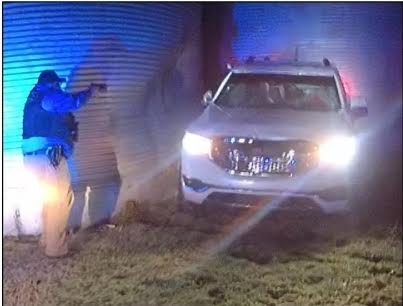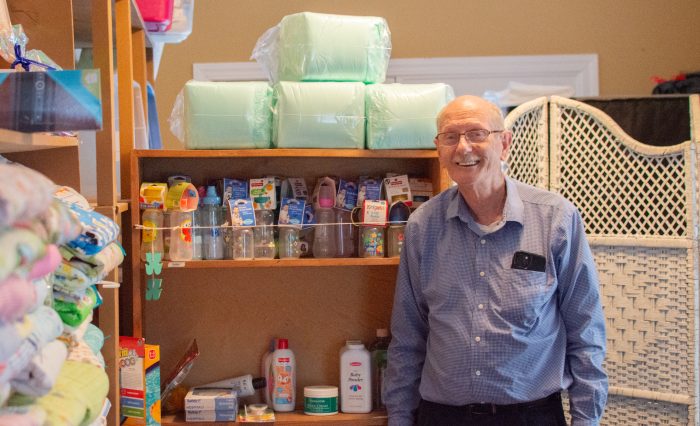City annexations of property continue
Published 6:00 am Friday, August 30, 2024
The City of Bowling Green’s efforts to expand the limits of the city are continuing with annexations of land throughout Warren County.
The efforts have been spearheaded by Brent Childers, director of Neighborhood and Community Services.
Trending
One area that has seen many annexations and that has long been targeted by the city is the Lovers Lane corridor, most recently with the annexation of 3.041 acres owned by Kevin and Lynn Kirby, which received final approval from the Bowling Green City Commission recently.
“We got several properties in that area over the last several years to come in,” Childers said. “There’s only a few still remaining outside of the city limits.”
Since the property was in an area targeted for annexation, it is eligible for Bowling Green’s Economic Development Annexation Incentive Policy.
The policy was created in October 2012 to encourage economic development of annexed areas. According to the municipal order creating the policy, the program is focused on properties “where development will likely result in job creation.”
“The incentive entails five years of rebate on property tax, and that can wait up to 10 years before it starts so that the property owner can maximize any development that goes on that property,” City Manager Jeff Meisel said.
Since the policy took effect, the City of Bowling Green’s area has expanded by over 2,500 acres, from 38.5 to 42.5 square miles.
Trending
Several targeted areas are identified under the program, including on Lovers Lane and along Glen Lily Road, Veterans Memorial Lane, Plano Road and areas adjacent to Interstates 65 and 165.
One annexation along Lovers Lane resulted in the 101-acre mixed-use site The Hub, which features a hotel, a bank, a restaurant and several hundred residential units.
Land for The Hub was annexed by the city in 2018 and was the former farm of Dr. Roy Cooksey.
“All of these have been consensual annexations where the property owner is agreeing to bring the property into the city limits,” Childers told the Daily News. “So it’s not where the city is forcing them or non-consensual annexation.”
“We’ve seen greater development in the Lovers Lane corridor,” he said. “So that’s where we’ve had the most success and that’s where we focus the most time.”
Childers said once annexed, areas will be available to access services from the accredited Bowling Green Police and Fire Departments. This usually results in lower insurance costs for the businesses in the city limits.
Since the annexations target areas of job growth, he said, occupational taxes from employers help support the growing need for police and fire, using the Kentucky Transpark as an example.
“We’ve annexed a tremendous amount of property out there,” Childers said. “But all those are jobs that are paying into the occupational fund, which then helps cover the cost for the new fire station that we’ve built.”
Childers said due to the focus on economic expansion, the city has shied away from annexing residential areas since “neighborhoods aren’t job creators in the sense of long term job benefits in that area.”






